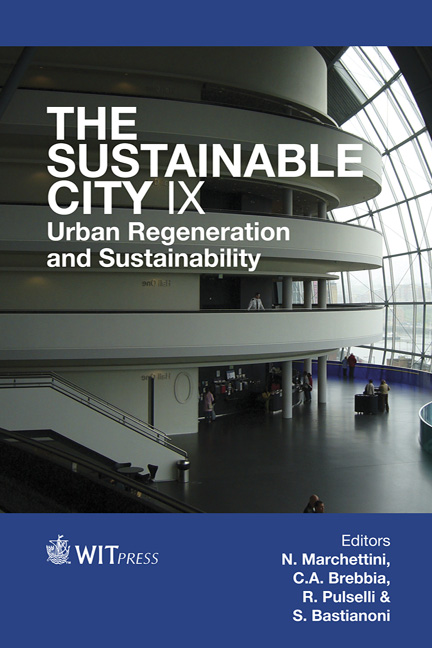Towards Integrating Built Heritage Resources In Urban Development Through Spatial Planning
Price
Free (open access)
Transaction
Volume
191
Pages
12
Page Range
209 - 220
Published
2014
Size
572 kb
Paper DOI
10.2495/SC140181
Copyright
WIT Press
Author(s)
K. Puren, T. Jordaan
Abstract
Cities and towns in developing countries increasingly face the challenge of balancing urban conservation and development due to rapid urbanisation and development pressure. Modernism, that resulted in spatially fragmented towns and cities worldwide, together with urban development and urban conservation in South Africa regulated by separate legislation, place built environment heritage resources at risk of destruction because they are being treated as isolated objects, instead of an intrinsic part of the contemporary urban fabric. This paper is based on a research project conducted for the City of Matlosana in the North-West Province, South Africa that aimed to develop proposals to integrate urban conservation and urban development in Klerksdorp, the second oldest city in the old Transvaal Republic (today divided into the North West, Gauteng, Mpumalanga and Limpopo Provinces). The process followed a qualitative participatory approach. Data was collected from archival records, a field survey and interviews with participants and other stakeholders. The findings revealed spatial fragmentation of built heritage distribution and non-alignment of planning and management processes with regard to urban conservation and development decision-making. A three-tier framework for integrating built heritage in urban development is proposed that consists of: (i) physical/spatial integration through physical planning and design, (ii) integration of urban conservation and urban development through local policy/legislation and (iii) procedural integration in terms of decision-making. A paradigm shift in urban conservation is suggested from preserving heritage resources as isolated objects towards a more proactive integration into the contemporary uses and future development of cities.
Keywords
urban conservation, urban development, spatial planning





